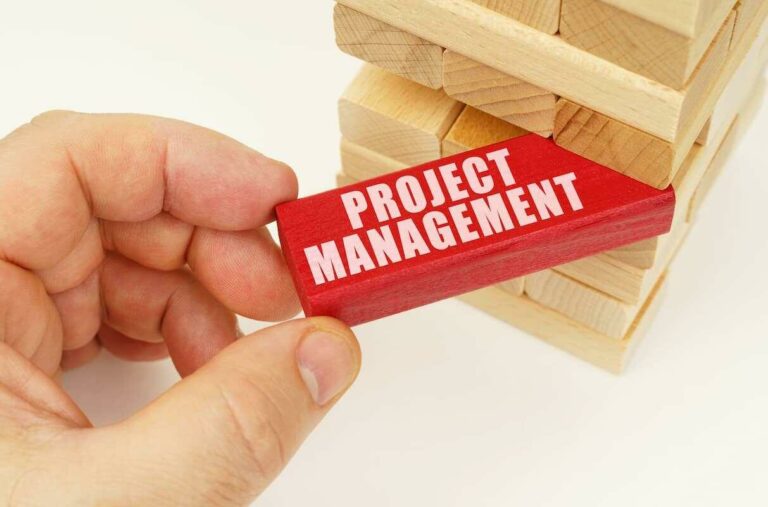Tuckman Model Forming, Storming, Norming, Performing The Road to Team Success
At this point, the coach and team leader can start transitioning some decision making to the team to allow them more independence and leadership, but still stay involved to resolve any conflicts as quickly as possible. For a high performing team, the end of a season or project generally brings feelings of sadness, as team members who had effectively become ‘one’, are now going their separate ways. During the Ending Stage, some team members may become less focussed on the team’s tasks and their productivity may drop. Alternatively, some team members may find focussing on the task at hand is an effective response to their sadness or sense of loss. Team members are able to prevent or solve problems in the team’s process or in the team’s progress. Roles on the team may have become more fluid, with members taking on various roles and responsibilities as needed.

The meeting environment also plays an important role to model the initial behavior of each individual. Members attempt to become oriented to the tasks as well as to one another. This is also the stage in which group members test boundaries, create ground rules, and define organizational standards. Discussion centers on defining the scope of the task, how to approach it, and similar concerns. To grow from this stage to the next, each member must relinquish the comfort of non-threatening topics and risk the possibility of conflict. Teamwork and creativity is at an all time high, and team members step up to take ownership over multiple parts of the project.
What are Tuckman’s stages of group development?
It is up to the leader to enable the team to take responsibility and ownership of their duties to allow them to evolve and, ultimately, bring more to the table. The second point in the sequence is characterized by conflict and polarization around interpersonal issues, with concomitant emotional responding in the task sphere. These behaviors serve as resistance to group influence and task requirements and may be labeled as storming. Where so many https://www.globalcloudteam.com/ other factors in sport, across sports programs and organizations are very similar, effectively managing the ‘people side’is what differentiates the mediocre and truly great. DISC Profiling will take your team’s performance to the next level, allowing you to get ahead and stay ahead. For more information about how Athlete Assessments can contribute to your team development or review process, click here to read more about ourProgram Reviews.

They started gathering information and impressions regarding their shared characteristics and distinctions, as well as developing preferences for potential subgrouping. Tuckman was aware that these inevitable phases were crucial to team growth and development. Toolshero supports people worldwide (10+ million visitors from 100+ countries) to empower themselves through an easily accessible and high-quality learning platform for personal and professional development. This is why they will distance themselves from each other so that the sense of loss will be more bearable. The team leader would do well to pay attention to the dissolution of the team, for example by planning an official farewell party.
Is the Tuckman model still relevant?
There is a focus on continual improvement and growth to keep the team’s performance up and to make sure everyone is primed for success. The team has developed trust and understanding, leading to effective problem-solving and goal achievement. This final stage of development is when the team, as the name suggests, is performing at or close to its potential. Relationships are strong between members of the team who are more strategically aware and look after each other.
- This is the stage where the team form’s their mission and establishes ground rules and objectives.
- People must adjust their thoughts, feelings, attitudes, and beliefs to fit the way the group operates.
- The whole team could also move backwards – from performing back to storming – or skip a stage altogether, particularly if there’s pressure from the business to succeed.
- The storming stage is like the teenage phase of group development – boundaries are tested, and arguments are inevitable.
- The worker facilitates interpersonal interactions whenever he/she finds them deteriorating.
Understanding Tuckman’s Model – Forming, Storming, Norming, Performing stages of group development is the key to unlocking a group’s true potential. Instead of actively directing and almost spoon-feeding the members of the team, they are now assuming a coaching role and allowing their team, who have now formed a basic understanding of responsibilities, to learn and develop. During the Storming stage, compromises will have to be made as the group’s development continues.
Stage 3: Norming
Behaviors during the Storming stage may be less polite than during the Forming stage, with frustration or disagreements about goals, expectations, roles and responsibilities being openly expressed. Members may express frustration about constraints that slow their individual or the team’s progress; this frustration might be directed towards other members of the team, the team leadership or the team’s sponsor. During the Storming stage, team members may argue or become critical of the team’s original mission or goals. In order to move on to the next stage, embolden high-performing team members to step into leadership roles, while taking care to actively involve all team members. To avoid power struggles, this is the time to invest in team building and conflict resolution exercises. It’s critical to move your team beyond the teenage mentality of testing boundaries and towards a problem-solving mentality.
During the first stage, individual team members are introduced to each other. Dr. Tuckman’s model has stood the test of time because it remains highly relevant and beneficial. Since his related work was published, it has been supported by additional peer-reviewed research. You can better educate your clients about what to expect while working in a group dynamic by studying this theory and learning to recognise the stages in real life.
Delivering Athlete Feedback
This is the second stage of team development, where the group starts to sort itself out and gain each other’s trust. This stage often starts when they voice their opinions and, as a result of this, a conflict may arise between team members as power and status are assigned. At this stage there is a positive and polite atmosphere and people are pleasant to each other and they have different feelings of excitement, eagerness and positiveness and others may have feelings of suspicion, fear and anxiety. The leader of the team will then describe the tasks to the group, describe the different behaviours to the group and how to deal and handle complaints. In this stage “…participants form opinions about the character and integrity of the other participants and feel compelled to voice these opinions if they find someone shirking responsibility or attempting to dominate.
This paradigm has a distinctive history because it was first widely used by HRD practitioners before later appearing frequently in academic literature. It was significant because it addressed the absence of relevant research as well as the growing role of groups in the workplace. Alasdair A. K. Whitetogether with his colleague, John Fairhurst, examined Tuckman’s development sequence when developing the White-Fairhurst TPR Model.
Leadership strategies to facilitate successful team development
Contact should also describe fees or charges as for any activity or procuring any material. It may be in written or verbal and binds the workers and members to planned schedules of the group which facilitates an environment to conduct what are the four stages of team development group process in an effective and efficient manner. Finally, proper stage will be prepared by worker to begin group proceedings. Place to conduct group sessions will be chosen by worker and monetary funds will be arranged.

During the performing stage, the team functions as a unit and the energy of the group will benefit the task. They do not really know what the objectives of the entire team are and what is expected of them. In order to create a good team, it is important that a team leader trusts the team members and that he discusses with them what his expectations are. During this period of high creativity, it’s important that team members have periods of time in their day where they can focus completely on their tasks, and not be interrupted by meetings.
What Is Tuckman’s Model of Group Development? Tuckman’s Model of Group Development In A Nutshell
Although Tuckman’s stages of group development were first written about in 1965, they remain a useful tool even today in learning what creates high-performing teams. Stages of group development examples can help you understand that what your team is going through is completely normal. Understanding the five stages and how to keep your team moving through each of them helps bolster productivity and foster a creative and collaborative team. While there are no stages left, it’s important to ensure that your project ends on a high note. This may be the time for more oversight, similar to the forming stage, to encourage the tying up of loose ends.












